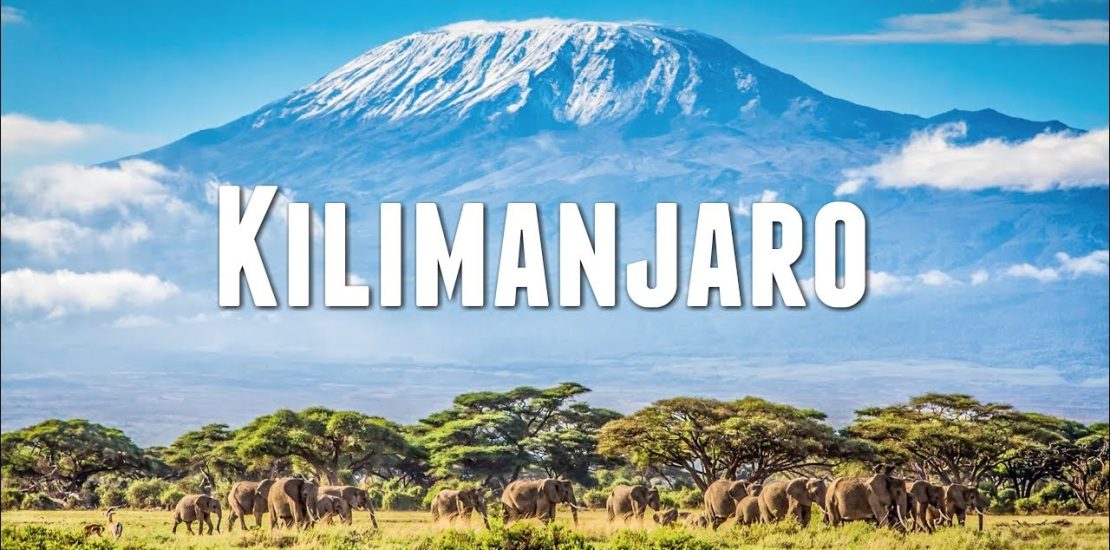- March 6, 2024
- Posted by: admin
- Category: Sunset Africa

Climbing Mount Kilimanjaro: A Challenging Expedition
Mount Kilimanjaro, standing majestically in Tanzania, is Africa’s tallest peak and a popular destination for adventurous climbers from around the world. The journey to the summit of this iconic mountain is not for the faint of heart, as it presents a range of challenges including altitude sickness, extreme weather conditions, and rugged terrain. Many climbers embark on this expedition with dreams of reaching the "Roof of Africa," but not all who attempt the climb are successful.
Understanding the Risks: Fatalities on Africa’s Tallest Peak
While Mount Kilimanjaro is a bucket list item for many outdoor enthusiasts, it is important to recognize the inherent risks associated with climbing this formidable mountain. Over the years, there have been tragic incidents resulting in fatalities during expeditions to the summit. These incidents serve as a sobering reminder of the dangers that climbers face when attempting to conquer Kilimanjaro.
One of the main factors contributing to fatalities on Mount Kilimanjaro is altitude sickness. As climbers ascend to higher altitudes, the decreased levels of oxygen can have serious effects on the body. Symptoms of altitude sickness include headaches, nausea, and dizziness, and in severe cases, can lead to life-threatening conditions such as high altitude pulmonary edema (HAPE) and high altitude cerebral edema (HACE). Proper acclimatization and recognizing the signs of altitude sickness are crucial in preventing fatalities on the mountain.
Additionally, extreme weather conditions on Mount Kilimanjaro can pose a significant threat to climbers. Sudden changes in weather patterns can result in blizzards, strong winds, and sub-zero temperatures, making it essential for climbers to be well-prepared with appropriate gear and clothing. Exposure to the elements without proper protection can lead to hypothermia and frostbite, which can have dire consequences if not treated promptly.
The rugged terrain of Mount Kilimanjaro also presents its own set of challenges for climbers. The steep slopes, loose rocks, and narrow pathways can make for treacherous conditions, especially during the descent from the summit. Accidents such as slips and falls can occur, potentially resulting in injuries or fatalities if proper precautions are not taken.
As with any high-altitude expedition, climbing Mount Kilimanjaro requires careful planning, preparation, and a thorough understanding of the risks involved. Sunset Africa Safari, a reputable tour operator, offers guided expeditions to the summit of Kilimanjaro for those seeking to conquer this iconic peak. To book a trek with Sunset Africa Safari, interested clients can contact info@sunsetafricasafari.com for more information.
In conclusion, while climbing Mount Kilimanjaro is a challenging and rewarding experience, it is important for climbers to be aware of the potential dangers and take necessary precautions to ensure a safe and successful journey to the summit. By understanding the risks associated with climbing Africa’s tallest peak, climbers can better prepare themselves for the challenges that lie ahead and increase their chances of reaching the summit safely.
